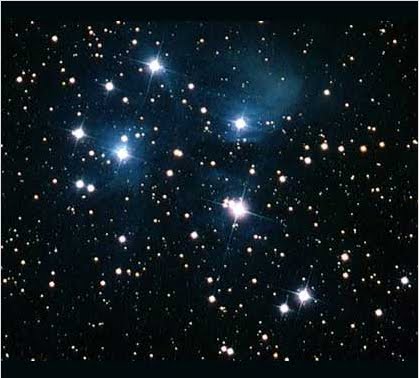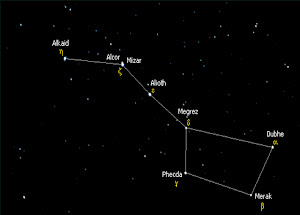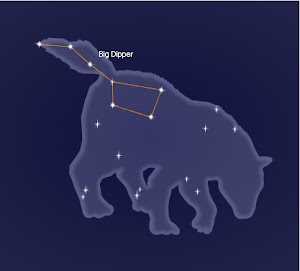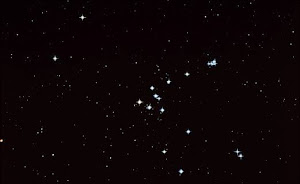Constellations
Constellation (astronomy), in astronomy, any of 88 imagined groupings of bright stars that appear on the celestial sphere (see Ecliptic) and that are named after religious or mythological figures, animals, or objects. The term also refers to the delimited areas on the celestial sphere that contain the named groups of stars.
The oldest known drawings of constellations are motifs on seals, vases, and gaming boards from the Sumerians, indicating that constellations may have been developed as early as 4000 bc. The constellation Aquarius was named by the Sumerians after their god of heaven An, who pours the waters of immortality upon the earth. The division of the zodiac into 12 equal signs was known around 450 BC by the Babylonians. The northern constellations known today are little different from those known by the Chaldeans and the ancient Egyptians, Greeks, and Romans. Homer and Hesiod mentioned constellations, and the Greek poet Aratus of Soli (circa 315-c. 245 bc) gave a verse description of 44 constellations in his Phaenomena. The Alexandrian astronomer and mathematician Ptolemy, in his Almagest, described 48 constellations, of which 47 are known today by the same name.
In the past many other peoples have grouped stars in constellations, although their arrangements usually did not correspond to those of the ancients. Some Chinese constellations, however, resemble those of the ancients, indicating the possibility of a common origin.
At the end of the 16th century the first explorers of the South Seas mapped the southern sky, which was largely unknown to the ancients. New constellations were added by a Dutch navigator, Pieter Dirckz Keyser, who participated in the exploration of the East Indies in 1595. Subsequently, other southern constellations were added by the German astronomer Johann Bayer, who published the first extensive star atlas in the Western world, the Uranometria; by Johannes Hevelius; and by the French astronomer Nicolas Louis Lacaille. Many others proposed new constellations, but astronomers finally settled on a list of 88. The boundaries of constellations, however, remained a matter of discussion until 1930, when definitive boundaries were fixed by the International Astronomical Union.
The genitive forms of the names of constellations, preceded by a Greek letter, are used to designate about 1300 bright stars; this system was introduced by Johann Bayer. The famous star Algol in the constellation Perseus, for example, is called Beta Persei. The accompanying table lists the constellations on which separate articles appear in this encyclopedia.







No comments:
Post a Comment